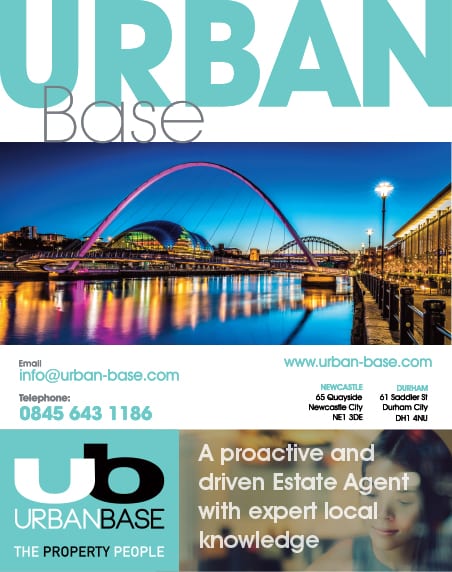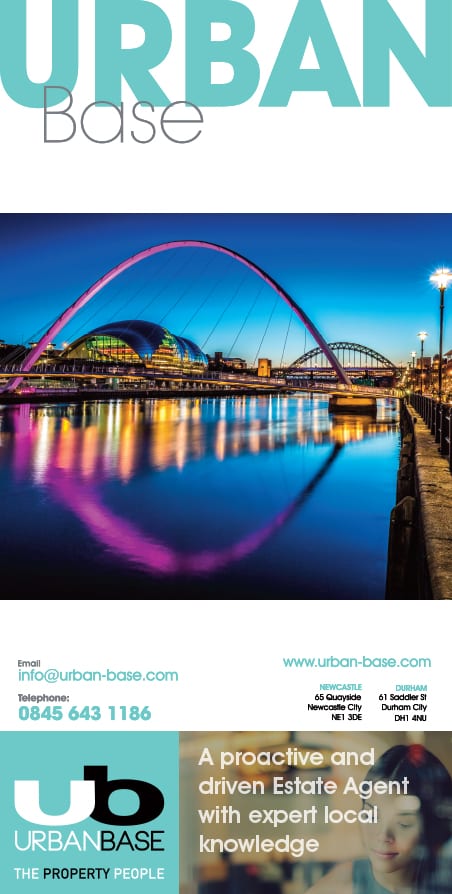The whole climate emergency has now become a mainstream item. It's only a few years ago that we all (and I mean all) happily accepted as many plastic bags as we needed at supermarkets and drove around in diesel cars with little thought to the consequences.
Recycling was an odd activity amongst a narrow band of middle-class intellectuals. Times have changed however, and not before time. Our whole attitude towards the environment has shifted and still needs to move onwards. So how is this affecting building design? And how should we approach our use of new buildings alongside current buildings?
All our new buildings must now be built to great standards of energy efficiencies and selfgeneration of power, to minimise the effect on the environment. The building regulations which determine the standards by which buildings are assessed are behind the current curve and need urgent improvements to reflect the current concerns. Many modern developments simply do not perform to a standard that we need to see, and legislation is the only mechanism to force all clients (and designers) to improve.
The use of existing buildings will change. As architects, we have always renovated and reinvented buildings, as part of our creative talents. But increasingly, I think we should be seeking to update current buildings whether they work or don’t work, simply to improve them. This will involve significant changes in our approach to the use of older buildings. This week I visited a building that was built in 1969 and latterly altered – it is tired and needs significant investment.
The client wants to upgrade the building, but the VAT is 20% on the refurbishment and 0% if they demolish and start new. There is no incentive to retain the old building and improve it. The environmentalists use terms such as ’embodied carbon’, which refers to the amount of energy already used in a product. So retaining a building and improving it, is far better than most new buildings in terms of energy used. The analogy with cars is very similar. Before we all rush out and buy a £40k electric car, consider the value of keeping an old car for longer – the answer is not simply a brand new car.
I often see on TV shows people justifying new, larger concrete houses as ‘Eco friendly’ with a lot of fancy materials, when in reality, a solution lies in the position of the house, how it faces the sun, the use of materials that can be recycled and the clever heating and energy systems that are now available, at ever more economic prices.
We have seen the lectures of Sir David Attenborough and Greta Thunberg and they attract positive and negative media comment, but I believe they do represent the direction of thought we need to embrace.
Great Britain creates just one per cent of the world’s emissions, but can lead by example and small changes all add up to larger changes. Our designs now require more responsible thought about their impact in equal measure to their aesthetic appeal.


